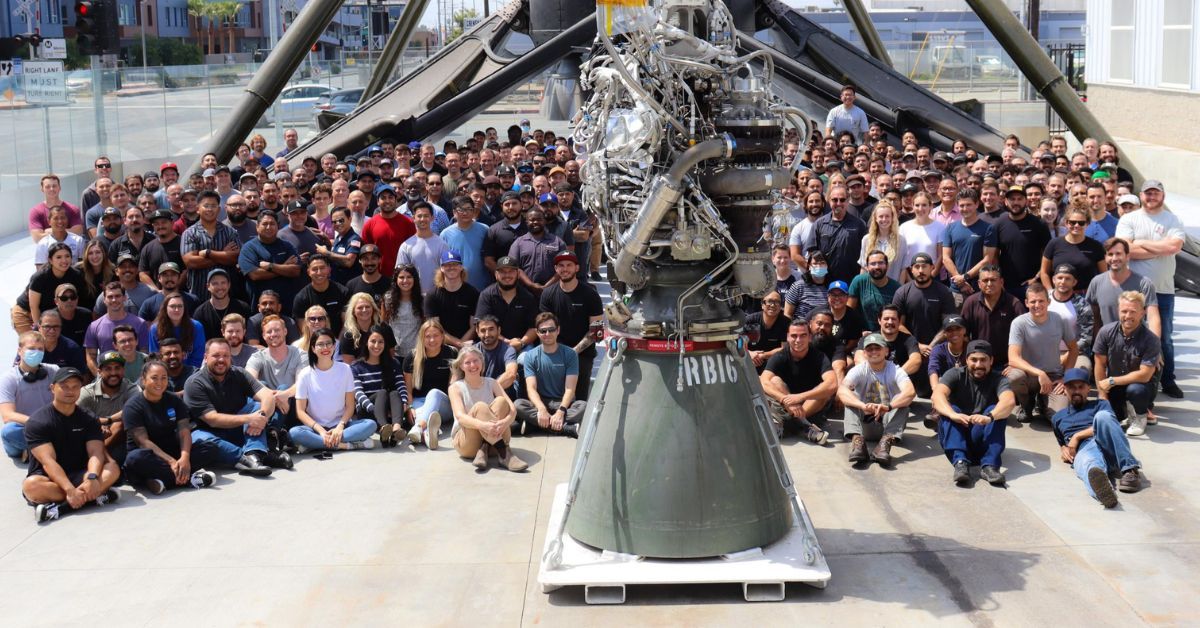SpaceX's ambitious vision to make humanity a multi-planetary species has never been closer to reality, thanks to the game-changing Raptor engine. This revolutionary rocket engine, designed to power the colossal Starship and Super Heavy vehicles, has the potential to transform space exploration and revolutionize interplanetary travel. With its innovative design, unprecedented efficiency, and extraordinary power, the Raptor engine is poised to usher in a new era of space exploration, making regular trips to Mars and other celestial bodies more accessible than ever.
The Raptor Engine and SpaceX's Starship
The Raptor engine lies at the core of SpaceX's Starship, a colossal endeavor aimed at establishing a comprehensive cargo and crew architecture for missions between Earth and Mars. This groundbreaking liquid rocket engine, designed specifically for the Starship, is fueled by a combination of methane and liquid oxygen, representing a significant departure from the kerosene-LOX mixture used in SpaceX's earlier Merlin engine series. The shift to a methane-based fuel allows for greater performance, reusability, and the potential for in-situ resource utilization, paving the way for a more sustainable and efficient approach to space exploration.
Overview of Raptor Engine's Development
Elon Musk first revealed the Raptor engine design at the International Astronautical Congress in September 2016, outlining SpaceX's ambitious Mars transport architecture. Since its inception, the development of the Raptor engine has been marked by continuous innovation and improvement. From its early beginnings as a LOX/LH2 upper-stage engine, the Raptor has evolved into a methane-fueled, full-flow staged combustion engine, boasting the highest chamber pressure among active launch vehicle engines.
The Raptor engine's manufacturing process incorporates a significant amount of additive manufacturing (3D printing), reducing production costs and enhancing the engine's thrust-to-weight ratio. Furthermore, the Raptor Vac variant, optimized for operation in vacuum conditions, has been designed with a larger nozzle, enabling the same turbopump, plumbing, and chamber components to be used across different engine types, thereby cutting development costs and time.
Cargo and Crew Missions to Mars
SpaceX's Starship, powered by the Raptor engine family, is designed to carry out both cargo and crew missions to Mars. The Starship boasts unprecedented dimensions, with a payload capacity of around 150 metric tons to the surface of Mars with orbital refueling. The Raptor engine will be used in both the first stage booster of the Starship launch vehicle and in the second stage, optimized for operation in vacuum conditions for interplanetary insertion and the Martian atmosphere for retro-propulsion prior to landing.

Raptor Engine - Design and Specifications
The Raptor engine is a marvel of engineering, characterized by its advanced design and cutting-edge specifications. It employs a full-flow staged combustion cycle, which offers higher efficiency and performance compared to traditional gas-generator and staged combustion engines. With a chamber pressure of around 300 bar, the Raptor engine achieves unparalleled power output while maintaining a favorable thrust-to-weight ratio. Its thrust capacity stands at approximately 2,255 kN (sea-level) and 2,402 kN (vacuum), pushing the boundaries of liquid rocket engine capabilities.
From LOX/LH2 to Methane
SpaceX made a conscious decision to transition from the LOX/LH2 (liquid oxygen and liquid hydrogen) fuel combination to a methane-based fuel, specifically a mixture of liquid oxygen and liquid methane (LOX/LCH4). This choice was driven by several factors. Methane offers a higher specific impulse, enhancing the engine's overall efficiency. It also has a lower boiling point than hydrogen, simplifying the fuel storage and handling process. Additionally, methane can be produced on Mars, enabling in-situ resource utilization for refueling and return missions to Earth.
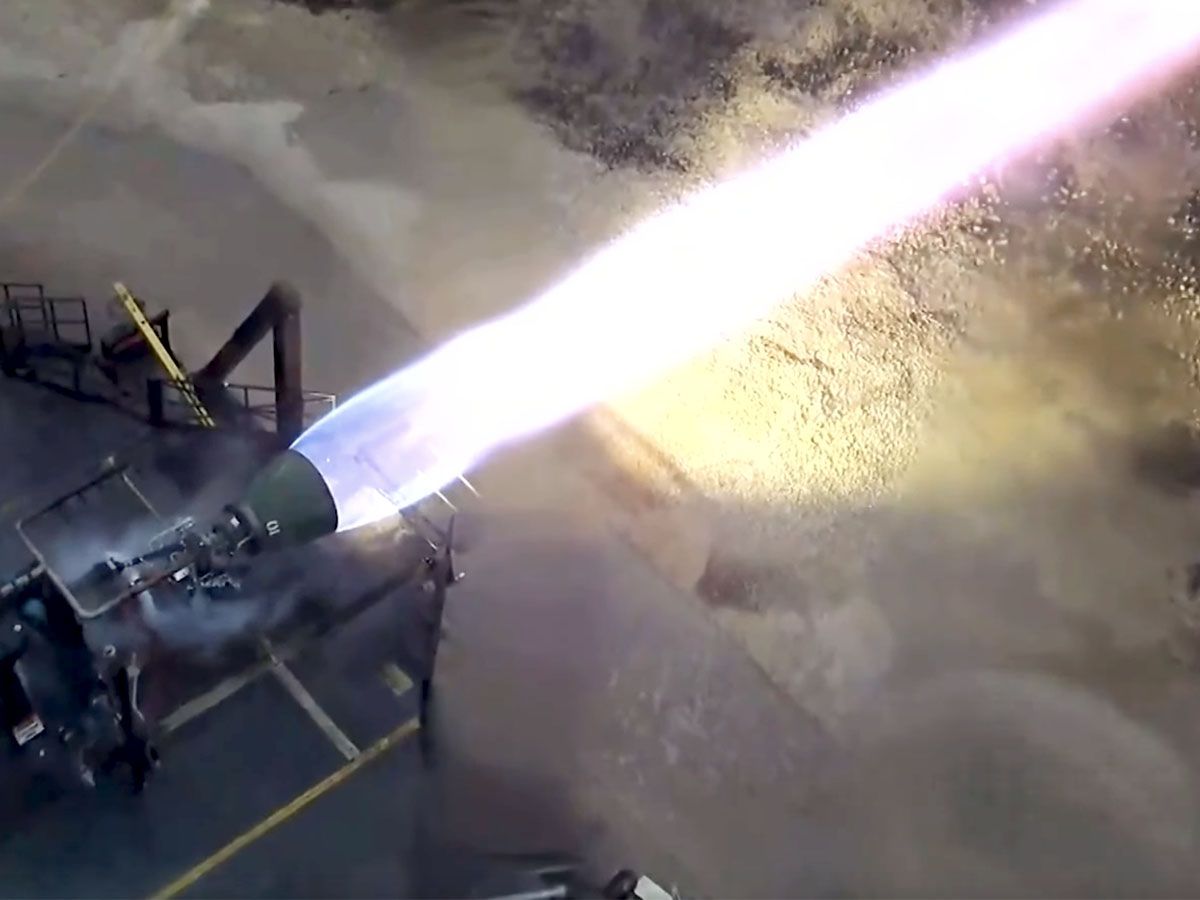
Full-Flow Staged Combustion Cycle
The full-flow staged combustion cycle employed by the Raptor engine enables both oxidizer and fuel to be fully utilized in the combustion process, resulting in higher efficiency and performance. This design mitigates the risk of material fatigue and damage that typically occurs in other combustion cycles, thereby enhancing the engine's reusability potential. As SpaceX aims for rapid reusability, the full-flow staged combustion cycle offers a significant advantage in achieving this goal.
Engine Variants for Different Stages
To maximize efficiency and adaptability, the Raptor engine has been designed with two main variants: the Raptor and the Raptor Vac. The Raptor engine is intended for use in the first stage of the Starship launch vehicle, operating at optimal performance in Earth's atmosphere. In contrast, the Raptor Vac variant is designed specifically for vacuum operation in the second stage of the Starship, featuring a larger nozzle for improved performance in the vacuum of space and during interplanetary transit.
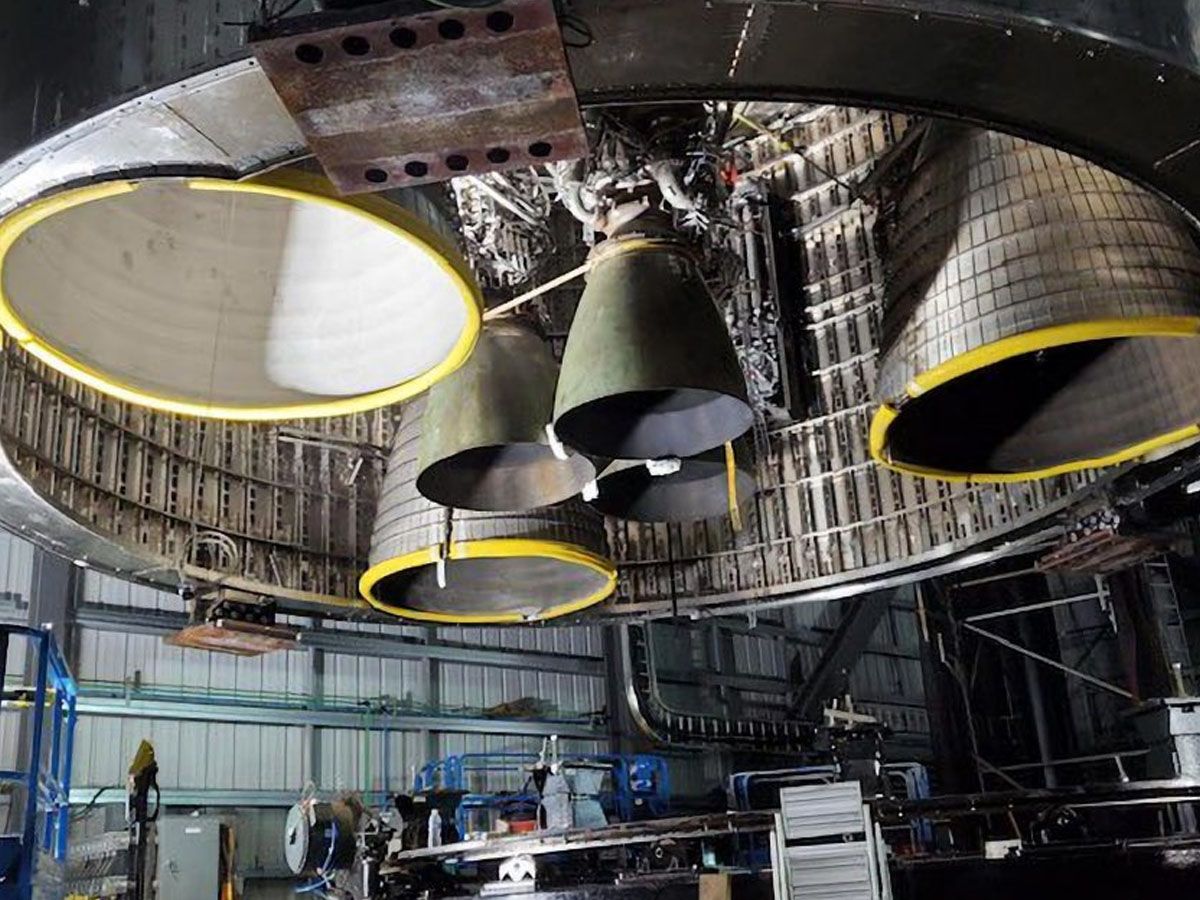
3D Printing and Manufacturing Advancements
Incorporating additive manufacturing (3D printing) techniques into the production process of the Raptor engine has been a game-changer for SpaceX. By utilizing 3D printing technology, the company can produce intricate engine components more efficiently and with fewer parts, reducing overall production costs and lead times. This approach not only contributes to a lighter engine but also streamlines the manufacturing process, allowing SpaceX to stay at the forefront of innovation and maintain its competitive edge in the space industry.
The Advantages of Methane as a Fuel
Methane has emerged as a highly efficient and versatile fuel for rocket engines, offering several advantages over traditional fuel choices. As a rocket propellant, methane boasts a high specific impulse, which translates to better overall performance and efficiency during space missions. Additionally, it provides a clean combustion process, reducing the production of soot and other harmful byproducts, which in turn minimizes the risk of engine contamination and simplifies maintenance. This contributes to enhanced engine reliability, making it an attractive choice for long-duration missions.
High Performance and Clean Combustion
Methane's high performance is largely due to its superior specific impulse, enabling spacecraft to achieve greater velocities with the same amount of propellant mass. Moreover, methane combustion produces fewer particulates and soot compared to other hydrocarbon fuels, such as kerosene. This clean combustion process leads to a reduced risk of engine clogging and lower maintenance requirements, making it an optimal choice for reusable rocket engines like those employed by SpaceX.
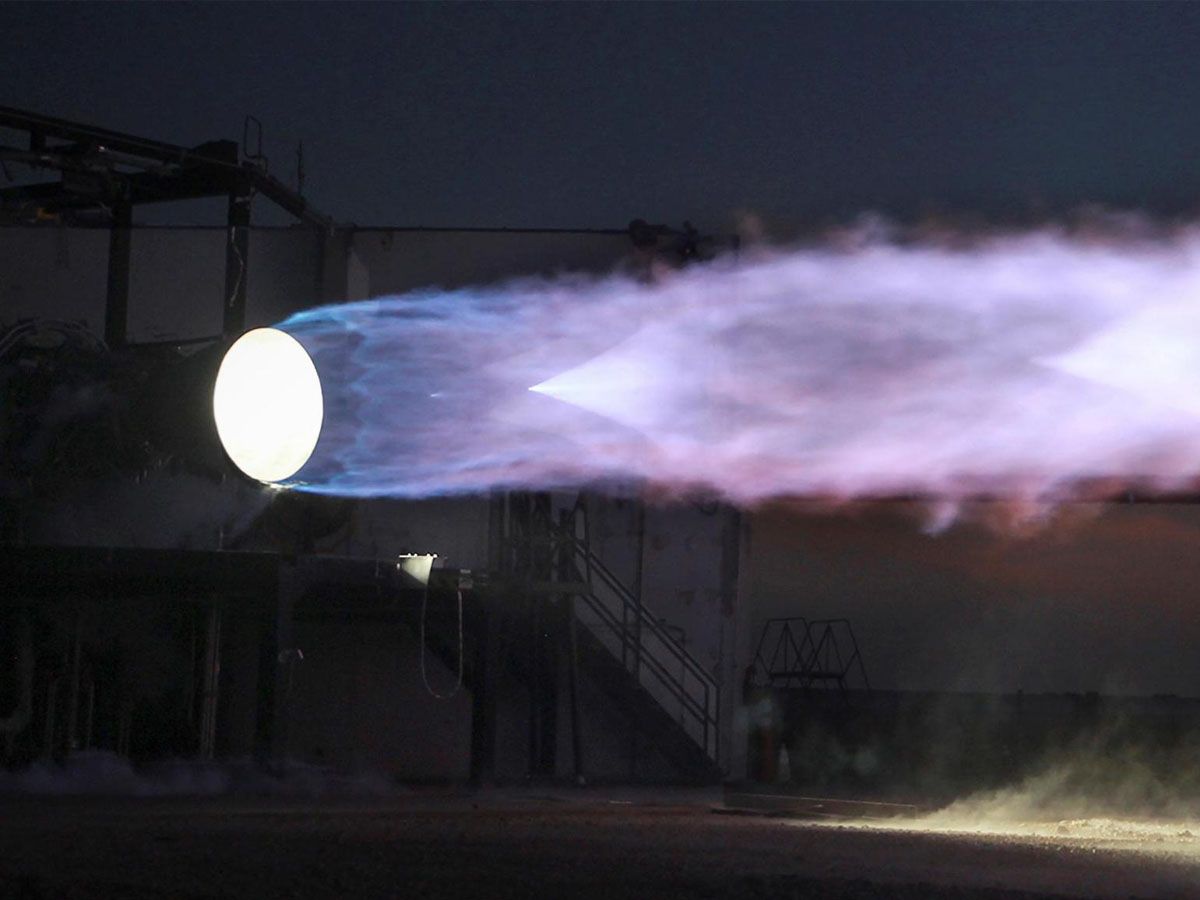
In-Situ Resource Utilization
One of the most significant advantages of methane as a fuel is its potential for in-situ resource utilization (ISRU). This concept involves the extraction and processing of local resources, such as the production of methane and oxygen from the Martian atmosphere, to support mission objectives. The ability to produce methane fuel on Mars significantly reduces the amount of propellant that must be carried on interplanetary missions, ultimately decreasing overall mission costs and increasing the feasibility of long-term human settlements. By harnessing the resources available on Mars, SpaceX's vision of sustainable colonization becomes a tangible possibility, paving the way for future generations to live and work on the Red Planet.
Raptor Engine in SpaceX's Starship and Super Heavy
The Raptor engine plays a critical role in powering SpaceX's next-generation space vehicles, Starship and Super Heavy. These cutting-edge spacecraft are designed to work in tandem, carrying humans to Mars and beyond, while unlocking new possibilities in space exploration and transportation.
Starship - Carrying Humans to Mars and Beyond
As the upper stage of the launch system, Starship is a fully reusable spacecraft designed to transport both crew and cargo to various destinations, including Earth orbit, the Moon, Mars, and potentially even farther destinations in the solar system. With the ability to carry up to 100 passengers, Starship leverages the performance and efficiency of the Raptor engines to achieve its ambitious objectives. Its versatile design allows for multiple mission profiles, such as satellite deployment, space tourism, and lunar or Martian landings, all while maintaining a strong emphasis on reusability and cost-effectiveness.
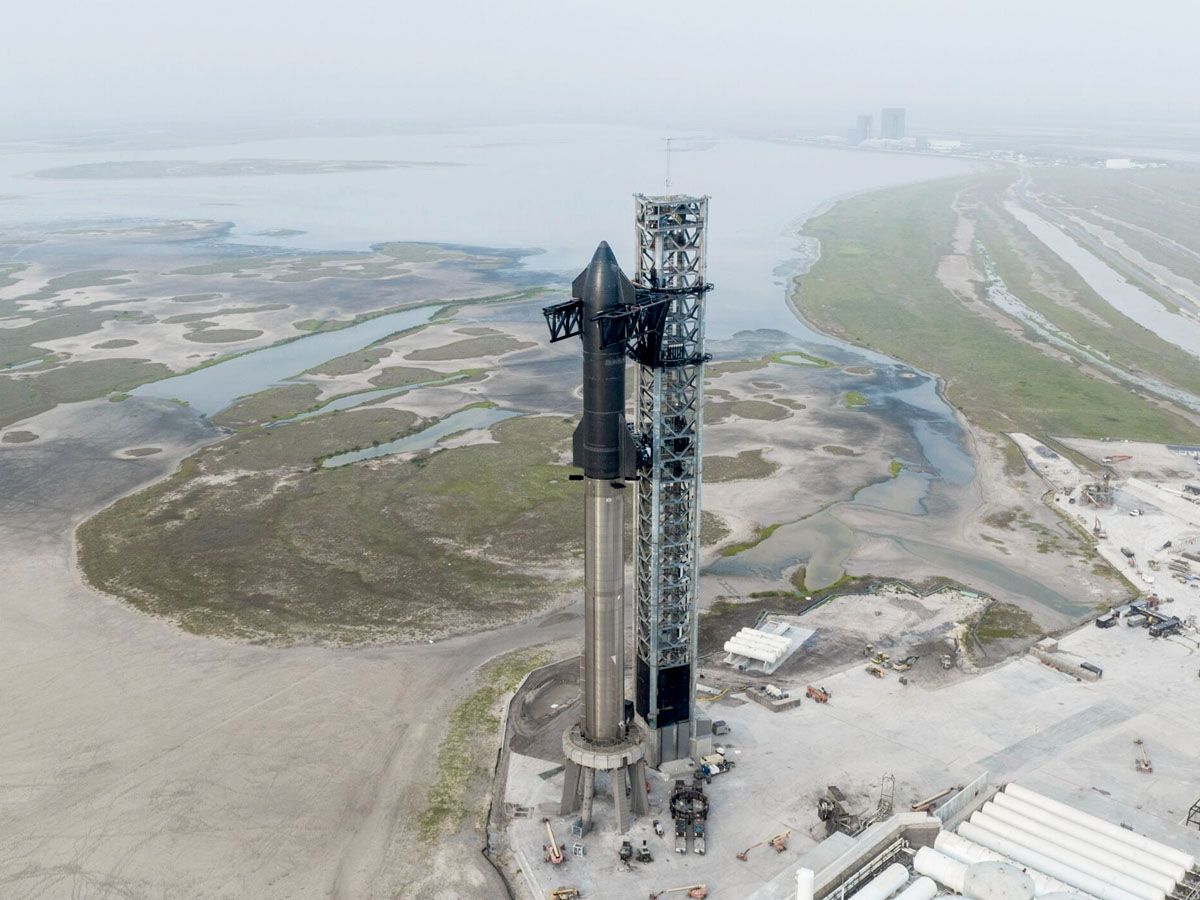
Super Heavy Rocket - Unprecedented Power and Capability
The Super Heavy rocket, the first stage of the SpaceX launch system, is an essential component of the Starship architecture. This colossal booster is equipped with a multitude of Raptor engines, providing unparalleled power and capability to lift the massive Starship into orbit. The Super Heavy's role is to propel the Starship to a high enough altitude and velocity, allowing the spacecraft to continue its journey to its intended destination with minimal fuel expenditure.
Reusability and the Ambitious Operations of Starship
A cornerstone of SpaceX's vision for space exploration is the concept of reusability. By employing reusable vehicles like Starship and Super Heavy, SpaceX aims to drastically reduce the cost of space travel and make it more accessible to a broader range of organizations and individuals. The Raptor engines' design, incorporating advanced materials and manufacturing techniques, allows for multiple uses with minimal refurbishment between flights. This reusability, coupled with the ambitious operations of Starship, sets the stage for a new era of space exploration, one in which humanity can reach farther into the cosmos than ever before.
Raptor Engine - Evolution and Future Improvements
Since its inception, the Raptor engine has undergone continuous development, with SpaceX striving to optimize its performance, reliability, and reusability. As the engine evolves, key changes and upgrades are implemented to meet the ever-growing demands of the ambitious space missions it supports.
Raptor v1 to Raptor v2 - Key Changes and Upgrades
The transition from Raptor v1 to Raptor v2 marks a significant step forward in the engine's development. Raptor v2 boasts improved materials and refined manufacturing techniques, resulting in increased thrust, better fuel efficiency, and enhanced durability. Additionally, the v2 variant has undergone design optimizations that reduce weight and simplify its architecture, streamlining maintenance and refurbishment between flights. These upgrades contribute to the overall performance gains and cost reductions essential for SpaceX's long-term vision.

High Production Rates and Rapid Iterations
A key element of the Raptor engine's ongoing evolution is its high production rate and rapid iteration process. By manufacturing engines at scale, SpaceX can more quickly identify potential areas of improvement, allowing them to test and implement modifications in a timely manner. This approach enables a faster feedback loop and a more agile development process, resulting in a progressively refined engine that consistently meets the challenges of SpaceX's ambitious space exploration goals.
Potential Performance Enhancements
As SpaceX continues to push the boundaries of space travel, the Raptor engine will undoubtedly see further enhancements in the future. Potential performance improvements may include higher combustion efficiency, increased thrust-to-weight ratios, and even more advanced materials capable of withstanding extreme temperatures and pressures. Additionally, further optimization of the engine's reusability and maintainability will play a crucial role in achieving the cost reductions and accessibility improvements that are central to SpaceX's mission. By remaining committed to innovation and rapid development, the Raptor engine will continue to propel humanity's reach into the cosmos.
Starship - Connecting the Solar System and Revolutionizing Space Travel
The Starship spacecraft, powered by the Raptor engine, represents a monumental leap in space travel technology. Designed to be fully reusable and capable of carrying both cargo and crew, Starship is poised to revolutionize the way we explore and utilize space. Its ambitious objectives include enabling sustainable lunar missions, transporting humans to Mars, and ultimately, facilitating the expansion of humanity throughout the solar system.
Starbase Texas - The Birthplace of Starship
Starbase, located in Boca Chica, Texas, serves as the primary facility for the development, testing, and launch of SpaceX's Starship. This state-of-the-art facility houses cutting-edge manufacturing equipment, expansive test sites, and a dedicated team of engineers and technicians committed to advancing the capabilities of the Starship program. The innovations and breakthroughs made at Starbase are integral to the success of SpaceX's ambitious vision for space exploration.
Starship's Role in NASA's Artemis Program
NASA's Artemis program aims to return humans to the Moon and establish a sustainable presence by the end of the decade. Starship's role in this endeavor is significant, as it has been selected to provide lunar landing services for astronauts. By leveraging the advanced capabilities of the Starship lunar lander, NASA can more effectively conduct lunar surface exploration and utilize resources to pave the way for future Mars missions.
The Vision of a Fleet of 1000 Starships
SpaceX founder Elon Musk envisions a future where a fleet of 1000 Starships operates concurrently, enabling unprecedented levels of space travel and exploration. This vast network of spacecraft would facilitate rapid and affordable transportation between Earth, the Moon, Mars, and potentially beyond. With each Starship capable of carrying up to 100 passengers, this ambitious vision seeks to make interplanetary travel accessible to millions of people, ultimately leading to the establishment of thriving human settlements across the solar system.
The Raptor engine and the Starship spacecraft embody the relentless pursuit of innovation and the unyielding spirit of human exploration. As we stand on the precipice of a new era in space travel, the possibilities are truly boundless. The powerful Raptor engine, coupled with Starship's unparalleled design, has the potential to transform not only our understanding of the cosmos but also the very fabric of our existence.
Sources: spaceflight101 / wired.co.uk / everydayastronaut.com / arstechnica.com / The Tesla Space
